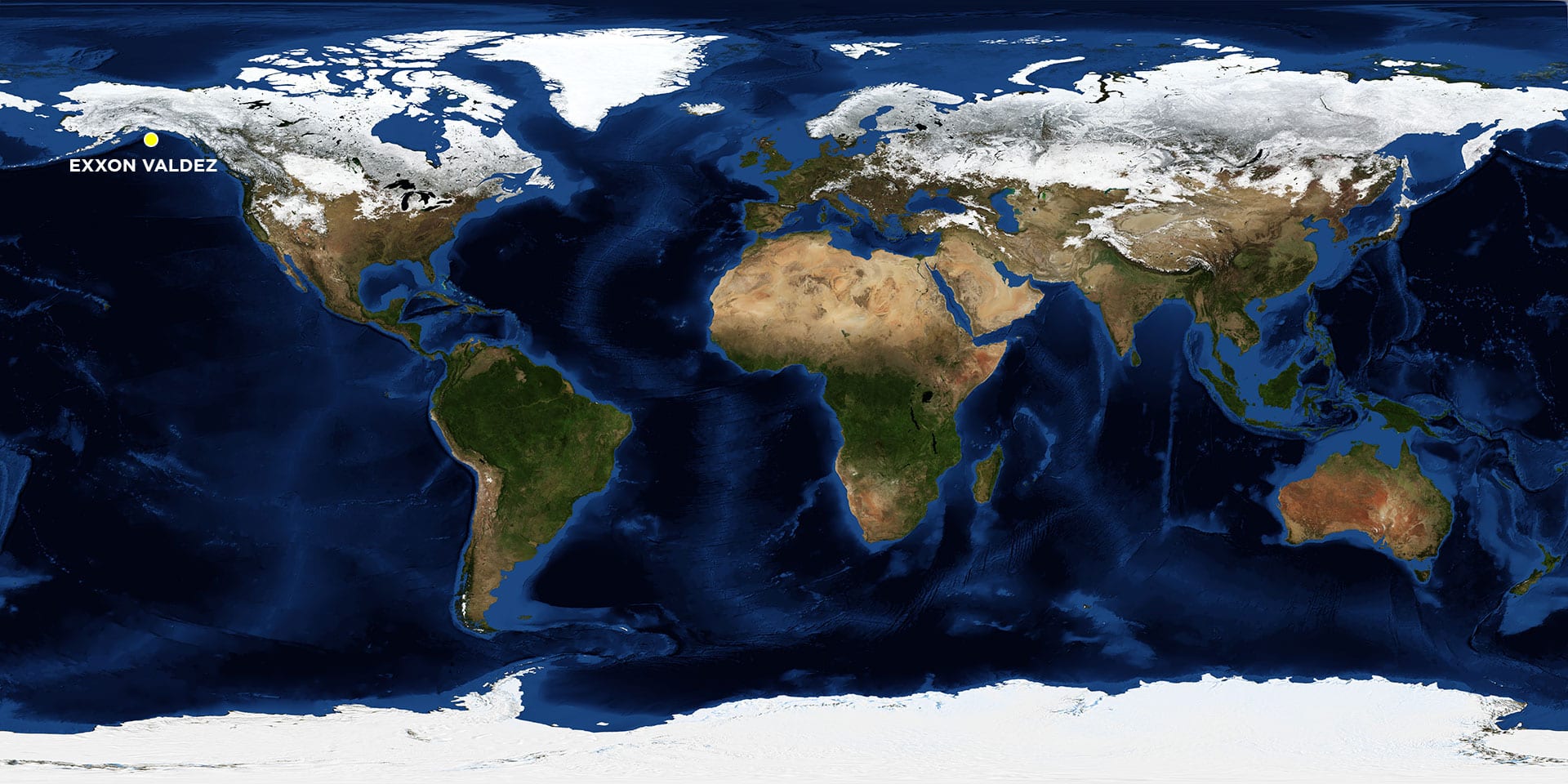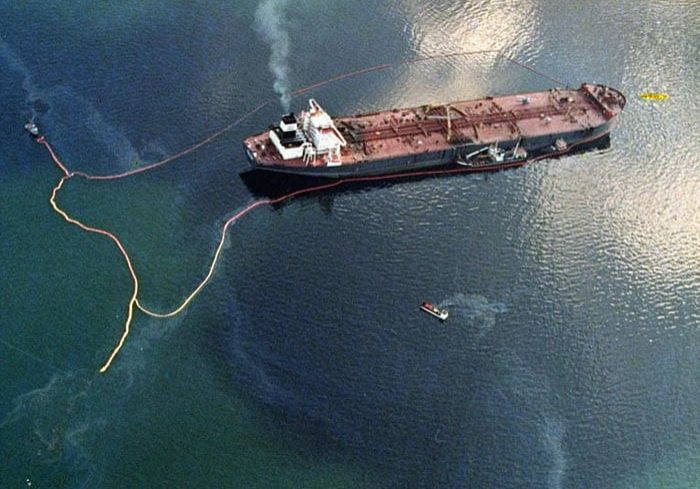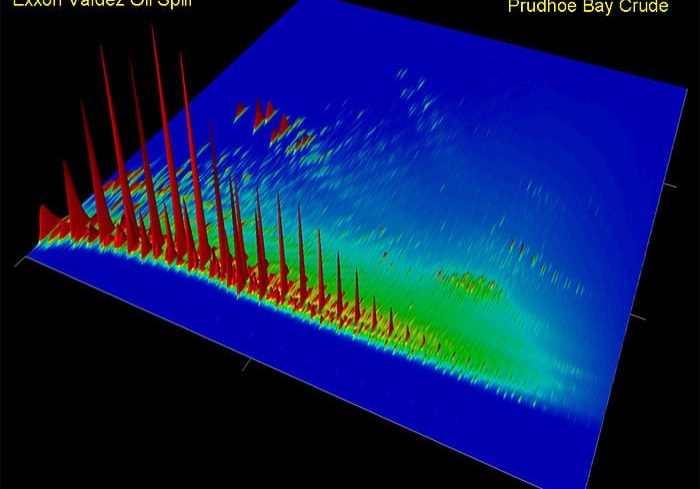1989 Supertanker Exxon Valdez
Location: Prince William Sound, Alaska
Date: March 23, 1989
Lat./Long.: 60°34'23.53"N, 147°17'9.94"W
Material spilled: North Slope crude oil
Amount spilled: 10.8 million gallons
Spill extent: 1,300 miles of coastline
On March 24, 1989, shortly after midnight, the oil tanker Exxon Valdez struck Bligh Reef in Prince William Sound, Alaska, and spilled more than 11 million gallons of crude oil. The spill quickly posed threats to the food chain that supports Prince William Sound's natural ecosystem and commercial fishing industry. Also in danger were ten million migratory shore birds and waterfowl, hundreds of sea otters, dozens of other species, such as harbor porpoises and sea lions, and several varieties of whales.
Many factors complicated the cleanup efforts following the spill. The size of the spill and its remote location, accessible only by helicopter and boat, made government and industry efforts difficult and tested existing plans for dealing with such an event. Officials employed a variety of countermeasures to control the slick, including burns and dispersants, as well as high-pressure washing on areas of oiled shoreline. Today, most signs of the spill are gone from sight, but research into the long-term biological impacts of the oil has shown that many organisms in Prince William Sound continue to show effects.



